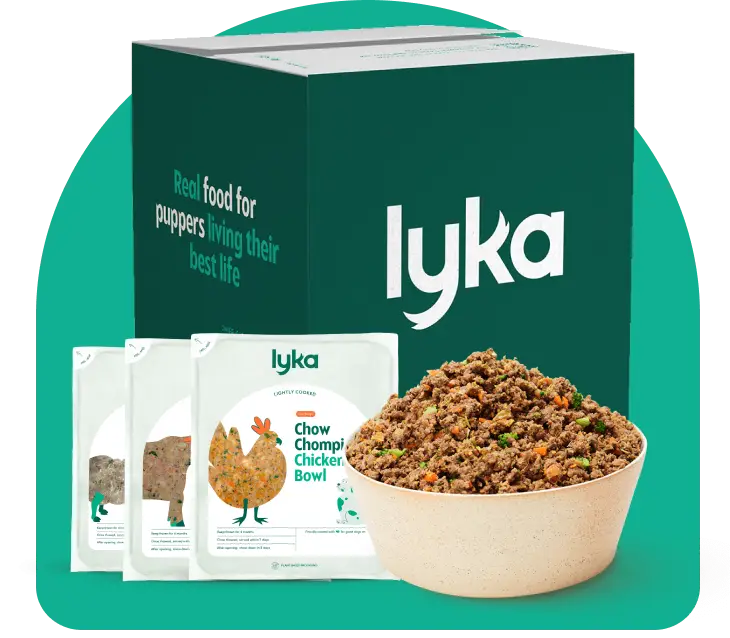How to lower the risk of IVDD in your Dachshund

By Lucie Rolls

With their unique elongated bodies and cute little legs, there’s good reason why Dachshunds are such a firm favourite when it comes to choosing the perfect pet. But, it’s their distinctive body shape that leaves these gorgeous pups pre-disposed to Intervertebral Disc Disease (IVDD). The good news, though, is that there’s plenty you can do to help manage the symptoms and lower the risk of IVDD, to ensure that your adorable Dachshund lives their best, healthiest life.
What is IVDD?
There are two types of IVDD, with Type I being more common in Dachshunds. The intervertebral discs sit between the vertebrae, protecting the spinal cord. In a healthy dog, the discs are made of a gelatinous substance with a thick outer layer that absorbs shock. In IVDD Type 1, the outer layer of the discs harden, which allows it to break easier.
The outer layer of the disc hardens, making it break more easily
Any shock, like a forceful landing, causes the discs to burst and press into the spinal cord
The pressure on the spinal cord can then cause pain and stop nerve impulses from the brain reaching their target destination
Unfortunately for this beautiful breed, around one-quarter of Dachshunds suffer from IVDD, and it tends to affect them earlier than other breeds.

How do I know if my Dachshund has IVDD?
The most common symptoms of IVDD are pain-related and include:
Anxious behaviour
Reluctance to jump
Hunched shoulders
Reduced appetite
Yelping
Other warning signs to look out for include:
Weakness in the rear legs
A wobbly gait
Loss of bladder / bowel control
These symptoms depend on which part of the spine is affected, but always see your vet if you notice any abnormal behaviour in your Dachshund, as imaging will confirm the diagnosis.
How can I manage IVDD?
Although IVDD is genetic in Dachshunds, there’s plenty you can do to help your precious pupper manage their daily life and keep the pain at bay.
Ensure your pup maintains a healthy weight
Use a harness whilst walking your pup to keep stress off their neck
Limit jumping. Train your Dachshund as early as possible that cuddles on the sofa are by invitation only
Avoid stairs where possible. Some owners install ramps or smaller steps in their houses to help their pups avoid the repetitive moment and leaping or jumping unnecessarily.
There’s still some way to go with the research, but our in-house Integrative Vet, Dr. Matthew Muir, suggests using general strategies that are known to help senior dogs and assist with arthritic pain. These include, building core muscle strength and eating a diet rich in Omega 3s. And it’s always a good idea to keep on top of your pupper’s knee and hip health with your vet.

Lyka: portion-controlled for optimal weight
Lyka’s vet-formulated recipes contain an ideal balance of protein, fresh veggies and superfoods to help keep your pup living their healthiest life from the inside out. Each pup has their own meal plan tailored specifically to their weight, age, breed and lifestyle, with each pouch portion-controlled to take the hassle out of dinner and to ensure your pup maintains an optimal weight. Check out Daps the Dachshund’s weight loss journey and order a Starter Box today!





